Pulse oximetry is a non-invasive and painless test that measures the oxygen saturation level in the blood. It is a simple procedure that can be performed in a clinical setting or at home using a pulse oximeter.
The test involves attaching a small device, called a pulse oximeter, to a finger, toe, or earlobe to measure the amount of oxygen in the blood.
Pulse oximetry works by emitting light through the skin and measuring the amount of light that is absorbed by the blood. The device calculates the oxygen saturation level by comparing the amount of light absorbed by oxygenated blood to that absorbed by deoxygenated blood. This information is then displayed on the pulse oximeter as a percentage, indicating the oxygen saturation level in the blood.
There are two types of pulse oximeters: handheld and fingertip.
Handheld pulse oximeters are typically used in clinical settings, while fingertip pulse oximeters are commonly used for at-home monitoring.
Both types of pulse oximeters are reliable and accurate, but handheld pulse oximeters are generally more expensive and require more training to use.
Key Takeaways
- Pulse oximetry is a non-invasive test that measures the oxygen saturation level in the blood.
- The test involves attaching a small device, called a pulse oximeter, to a finger, toe, or earlobe to measure the amount of oxygen in the blood.
- There are two types of pulse oximeters: handheld and fingertip.
Understanding Pulse Oximetry
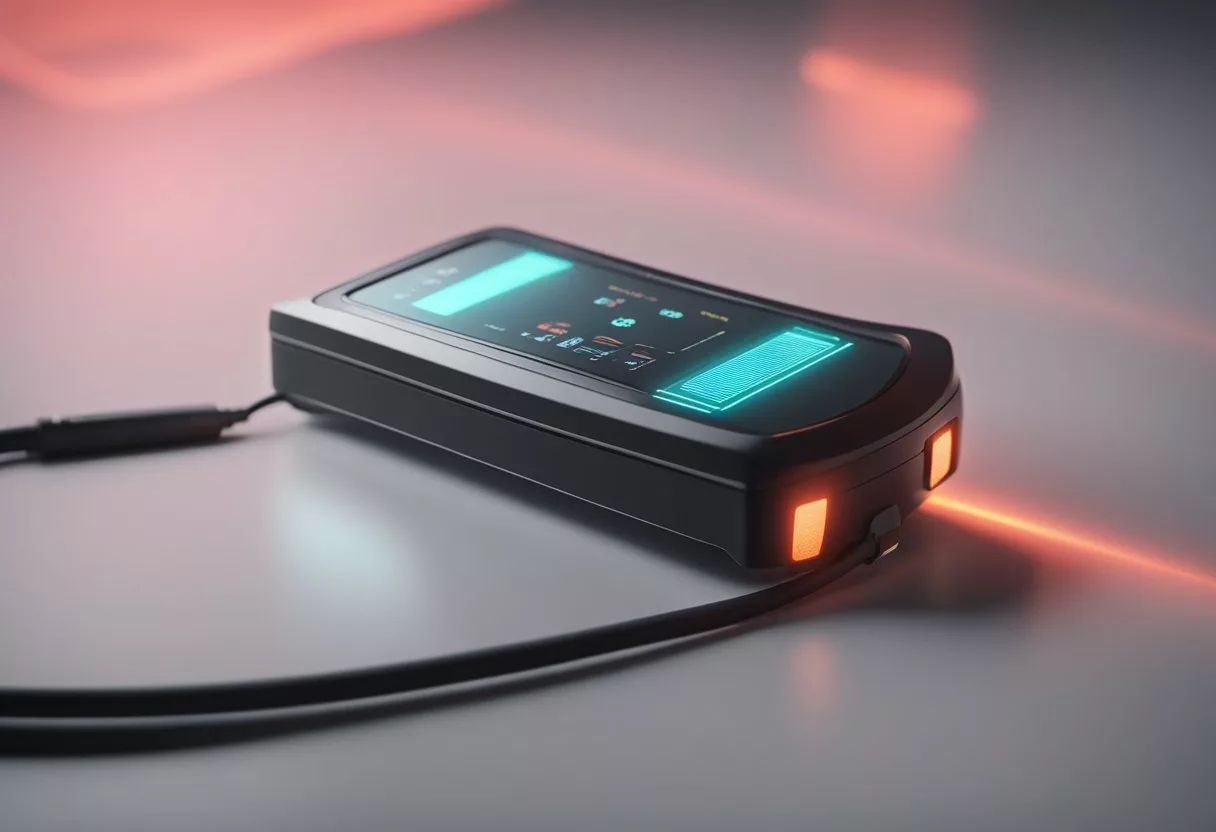
Principles of Operation
Pulse oximetry is a non-invasive test that measures the oxygen saturation level of blood. It works by emitting light through a sensor attached to the fingertip or earlobe, which detects the amount of oxygen in the blood by measuring the amount of light absorbed by the blood.
The pulse oximeter then calculates the percentage of oxygenated hemoglobin in the blood, known as SpO2.
The pulse oximeter uses two wavelengths of light to measure SpO2, one that is absorbed by oxygenated hemoglobin and the other by deoxygenated hemoglobin.
Based on the difference in absorption between the two wavelengths, the pulse oximeter can determine the oxygen saturation level of the blood.
Interpreting Oxygen Saturation Readings
The oxygen saturation level, or SpO2, is expressed as a percentage. A normal SpO2 reading is typically between 95% and 100%.
A reading below 90% is considered low and may indicate hypoxemia, which is a low level of oxygen in the blood. Hypoxemia can be caused by a variety of conditions, including lung disease, heart disease, and anemia.
Pulse oximetry only measures the oxygen saturation level of blood and does not provide information about the partial pressure of oxygen in the blood, also known as PO2.
PO2 is a measure of the amount of oxygen dissolved in the blood and is typically measured using an arterial blood gas test.
Types of Pulse Oximeters
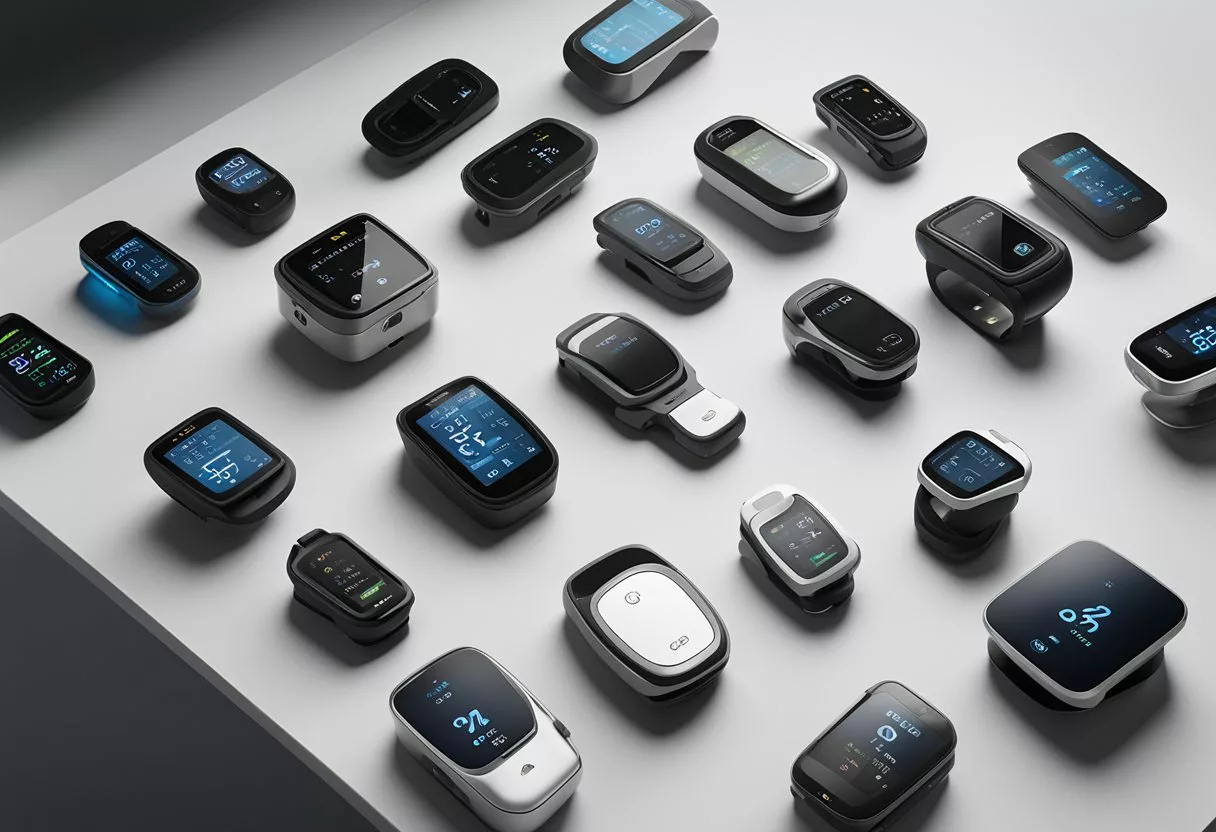
Pulse oximeters are available in different types, each designed to cater to specific needs. The three main types of pulse oximeters are:
Fingertip Pulse Oximeters
Fingertip pulse oximeters are the most common type of pulse oximeters used at home. They are small, portable, and easy to use.
Fingertip pulse oximeters are designed to be placed on the fingertip, earlobe, or forehead to measure the oxygen saturation levels in the blood.
They are ideal for people who need to monitor their oxygen levels regularly, such as those with respiratory conditions like asthma, COPD, or sleep apnea.
Some of the best fingertip pulse oximeters available in the market include the Oxiline Pulse 7S Pro, Mibest OLED Finger Pulse Oximeter, and Zacurate 500E Premium Fingertip Pulse Oximeter:
Handheld Pulse Oximeters
Handheld pulse oximeters are larger than fingertip pulse oximeters and are designed for use in clinical settings. They are more accurate and can measure oxygen saturation levels in the blood as well as pulse rate.
Handheld pulse oximeters are ideal for doctors, nurses, and other medical professionals who need to monitor multiple patients.
Some of the best handheld pulse oximeters available in the market include the Nonin Onyx Vantage 9590 Finger Pulse Oximeter and the Masimo Rad-97 Pulse CO-Oximeter.
Pediatric Pulse Oximeters
Pediatric pulse oximeters are designed specifically for children. They are smaller in size and have a smaller probe that can fit on a child’s finger or toe.
Pediatric pulse oximeters are ideal for parents who need to monitor their child’s oxygen levels at home or for doctors and nurses who need to monitor oxygen levels in children in a clinical setting.
Some of the best pediatric pulse oximeters available in the market include the Masimo Rad-8 Pulse Oximeter and the Nonin Onyx Vantage 9590 Pediatric Finger Pulse Oximeter.
Clinical Applications
A pulse oximeter is a non-invasive device that measures the oxygen saturation in the blood. It is widely used in clinical settings to monitor patients with respiratory conditions such as pneumonia, heart failure, COPD, and asthma. In addition, it is also used to monitor patients with lung cancer or chronic lung disease who are undergoing supplemental oxygen therapy.
Monitoring Respiratory Conditions
Pulse oximeters are commonly used to monitor patients with respiratory conditions. They are especially useful in hospitals and emergency rooms because they can quickly provide information on ventilation and perfusion deficits.
The device can also be used to monitor patients who are on a ventilator or undergoing supplemental oxygen therapy.
In patients with chronic respiratory conditions, pulse oximetry can be used to monitor the effectiveness of treatment and to detect early signs of exacerbation.
Use in Surgery and Recovery
Pulse oximeters are also commonly used in surgery and recovery. During surgery, the device can be used to monitor the patient’s oxygen saturation levels and to detect any changes in respiratory function.
In recovery, the device can be used to monitor the patient’s oxygen saturation levels and to ensure that the patient is recovering properly.
Assessment for Sleep Apnea
Pulse oximeters can also be used to assess patients for sleep apnea.
Sleep apnea is a condition in which a person’s breathing is interrupted during sleep.
The device can be used to monitor the patient’s oxygen saturation levels during sleep and to detect any changes in respiratory function.
This information can be used to diagnose sleep apnea and to monitor the effectiveness of treatment.
Accuracy and Limitations
Factors Affecting Accuracy
Pulse oximeters are generally considered to be accurate devices for measuring blood oxygen saturation levels. However, several factors can affect the accuracy of the readings.
One of the most common factors is nail polish or artificial nails on the fingers. According to the FDA, “nail polish and artificial nails can interfere with the accuracy of pulse oximeter readings by blocking the light that passes through the finger.” Therefore, it is recommended that individuals remove nail polish or artificial nails before using a pulse oximeter.
Another factor that can affect accuracy is skin tone and pigmentation. Dark skin pigmentation can sometimes cause inaccurate readings because it can absorb more light than lighter skin tones.
Additionally, skin temperature can also affect accuracy. If the skin is too cold, the pulse oximeter may not be able to detect a pulse, resulting in inaccurate readings.
Recognizing Limitations
It is important to recognize the limitations of pulse oximeters. For example, pulse oximeters are not able to detect the presence of carbon monoxide in the blood, which can cause inaccurate readings.
Additionally, pulse oximeters are less accurate when blood oxygen saturation levels fall below 80%. According to the NIH MedlinePlus Magazine, “readings may be off by a few percentage points” when blood oxygen saturation levels are between 80% and 90%.
It is also important to recognize that pulse oximeters can be subject to racial bias. A study published in The Journal for Nurse Practitioners found that “pulse oximeters may be less accurate in patients with dark skin pigmentation or thick skin.”
Therefore, healthcare providers should be aware of these limitations and take them into account when interpreting pulse oximeter readings.
Guidelines for Use
Proper Placement and Use
To properly use a pulse oximeter, it is important to place it in the correct location.
The device can be attached to the fingers, forehead, nose, foot, ears, or toes. The most common placement is on the fingertip of either the index (pointer) finger or the middle finger.
It should feel snug but comfortable. The user should keep still for at least a minute before taking a reading.
If the hands are cold or cool to the touch, it is recommended to warm them up before taking a reading.
It is important to note that pulse oximeters are not a substitute for medical advice from a qualified healthcare provider. The device should be used in conjunction with other monitoring tools and under the guidance of a medical professional.
Interpreting Results
The pulse oximeter measures peripheral arterial oxygen saturation (SpO2) as a surrogate marker for tissue oxygenation. The SpO2 reading should always be considered an estimate of oxygen saturation. An FDA-cleared pulse oximeter reading of 90% generally means that the true oxygen saturation in the blood is somewhere between 86% and 94%.
It is important to follow the manufacturer’s instructions for use and to use an FDA-approved device. Factors such as skin pigmentation, nail polish, and poor circulation can affect the accuracy of pulse oximeters. If there are concerns about the accuracy of the device or the interpretation of the results, consult with a healthcare provider.
When using a pulse oximeter at home, it is important to ask a healthcare provider before disposing of a pulse ox device, as it can be expensive and is reusable. It is also important to follow best practices for cleaning and disinfecting the device to prevent the spread of infection.
Safety and Risks
Potential Risks
While pulse oximeters are generally considered safe, there are potential risks associated with their use. One of the most significant risks is the potential for inaccurate readings. According to a safety communication[1] from the FDA, pulse oximeters should be considered an estimate of oxygen saturation, and readings can be affected by a variety of factors, including poor circulation, skin pigmentation, and nail polish.
Another potential risk of using a pulse oximeter is skin irritation. The device is typically attached to the finger or earlobe using a clip or adhesive, and prolonged use can cause discomfort or irritation. To minimize this risk, it’s important to follow the manufacturer’s instructions for use and to remove the device if it becomes uncomfortable.
Minimizing Complications
To minimize the potential risks associated with pulse oximeter use, there are several steps that can be taken. First and foremost, it’s important to use the device correctly and to follow the manufacturer’s instructions for use. This includes ensuring that the device is properly calibrated and that the sensor is placed in the correct location.
In addition, it’s important to monitor the patient closely and to be aware of any signs of pain or discomfort. If the patient experiences any discomfort or irritation, the device should be removed immediately. Finally, be aware of the limitations of pulse oximetry and use other methods of monitoring oxygen saturation if necessary, particularly in cases of suspected hypoxemia.
Patient Considerations
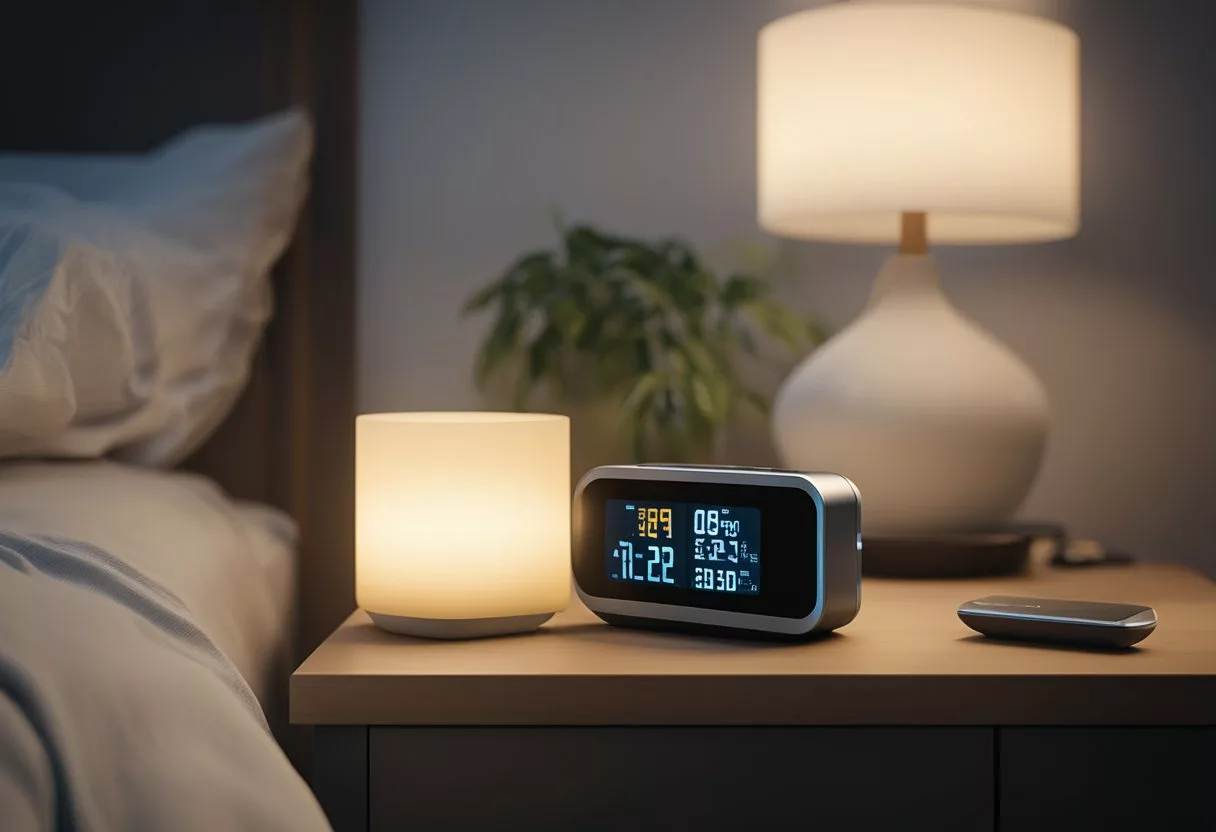
Special Populations
When using a pulse oximeter, it is important to consider the patient’s individual characteristics and medical history. For instance, patients with chronic obstructive pulmonary disease (COPD) or other lung diseases may have lower oxygen saturation levels than healthy patients, even when they are not experiencing symptoms such as shortness of breath. In addition, certain populations, such as black patients, may have naturally lower oxygen saturation levels than white patients 1[2].
Heart rate can also affect pulse oximeter readings. Patients with a low heart rate may have lower oxygen saturation levels, even if they are not experiencing symptoms. Patients with an irregular heart rate may also experience inaccurate readings 2[3].
Home Monitoring
Pulse oximeters are increasingly being used for home monitoring of oxygen levels, particularly in patients with chronic conditions such as COPD. However, it is important to note that pulse oximeter readings may not always accurately reflect a patient’s true oxygen saturation levels, particularly during exercise or periods of increased activity. In addition, at-home oxygen therapy should only be used under the guidance of a healthcare professional 3[4].
Advancements and Research
Innovations in Technology
Pulse oximeters have come a long way since their inception. Over the years, there have been several advancements in the technology used to measure oxygen saturation levels. One such example is the Innovo Deluxe IP900AP Fingertip[5], which is a noninvasive, easy-to-use device that provides accurate readings. It is also equipped with a large, easy-to-read display and can store up to 100 readings.
Another notable advancement is the use of smartphone apps to monitor oxygen saturation levels. For instance, Yale Medicine[6] has developed an app that allows patients to monitor their oxygen saturation levels remotely. This not only saves time and money but also provides patients with real-time data that can be shared with their healthcare provider.
Future Directions
As technology continues to evolve, so does the potential for pulse oximeters. In the future, we may see advancements in wearable pulse oximeters that can continuously monitor oxygen saturation levels. This could be particularly useful for patients with chronic conditions such as COPD or sleep apnea.
Additionally, there is ongoing research into improving the accuracy and reliability of pulse oximeters. For example, a recent study found that there may be discrepancies in readings depending on skin color, which has led to calls for more diverse testing to ensure accuracy for all patients.
Regulatory and Quality Standards
FDA Regulations
The FDA is responsible for regulating medical devices, including pulse oximeters, to ensure their safety and effectiveness. Pulse oximeters are classified as Class II medical devices and are regulated under product codes DQA (Oximeter) and DPZ (Oximeter, Pulse, Handheld) [1][7].
To obtain FDA approval, pulse oximeter manufacturers must submit a 510(k) premarket notification to the FDA, demonstrating that their device is substantially equivalent to a legally marketed device [1][8]. The FDA evaluates the device’s safety and effectiveness based on the information provided in the 510(k) submission.
The FDA also provides guidance on pulse oximeter evaluation, recommending that device manufacturers conduct a clinical study of at least 10 subjects who vary in age and gender when evaluating pulse oximeter performance. They also recommend that at least two subjects, or 15% of the sample (whichever number is greater), should be “darkly pigmented” because skin tone is understood to impact performance [4][9].
Quality Assurance
Medical professionals rely on pulse oximeters to accurately measure oxygen saturation levels in patients. Therefore, it is essential that pulse oximeters meet quality standards to ensure accurate and reliable measurements.
Manufacturers are responsible for implementing quality assurance programs to ensure that their devices meet the required standards. The FDA provides guidance on quality system regulation for medical devices, which includes requirements for design controls, production and process controls, and corrective and preventive actions [2][10].
In addition, manufacturers must comply with the International Organization for Standardization (ISO) 80601-2-61 standard, which specifies the requirements for pulse oximeters used for continuous and spot-check measurement of functional oxygen saturation in arterial blood and pulse rate [5][11].
Practical Tips and Considerations
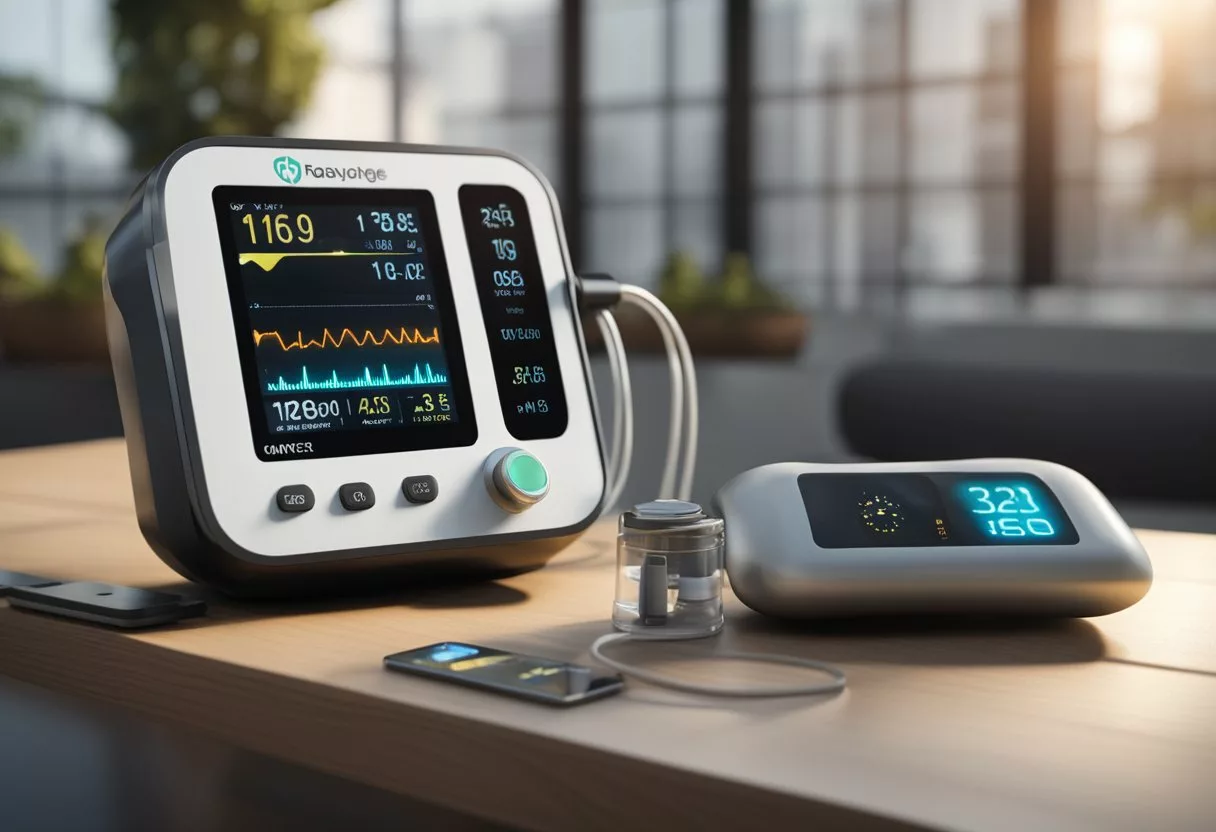
Choosing the Right Pulse Oximeter
When choosing a pulse oximeter, it is important to consider the intended use and the patient population. There are many types of pulse oximeters available, ranging from simple finger probes to more advanced models that can be used for continuous monitoring. Some pulse oximeters are designed for use in a clinical setting, while others are intended for home use.
It is also important to consider the accuracy and reliability of the pulse oximeter. According to a study published in the Annals of the American Thoracic Society, some pulse oximeters may provide inaccurate readings in certain situations, such as poor circulation or sedation. Therefore, it is recommended to choose a pulse oximeter that has been validated for accuracy and reliability.
Maintenance and Care
Proper maintenance and care of the pulse oximeter is important to ensure accurate readings and prolong the lifespan of the device. Here are some practical tips for maintaining and caring for a pulse oximeter:
- Clean the device regularly with a soft, damp cloth to remove any dirt or debris that may accumulate on the surface.
- Store the device in a cool, dry place when not in use to prevent damage from moisture or heat.
- Replace the batteries regularly to ensure that the device is functioning properly.
- Calibrate the device according to the manufacturer’s instructions to ensure accuracy and reliability.
Follow the manufacturer’s instructions for use and maintenance of the pulse oximeter. This will help to ensure that the device is functioning properly and providing accurate readings.
Frequently Asked Questions
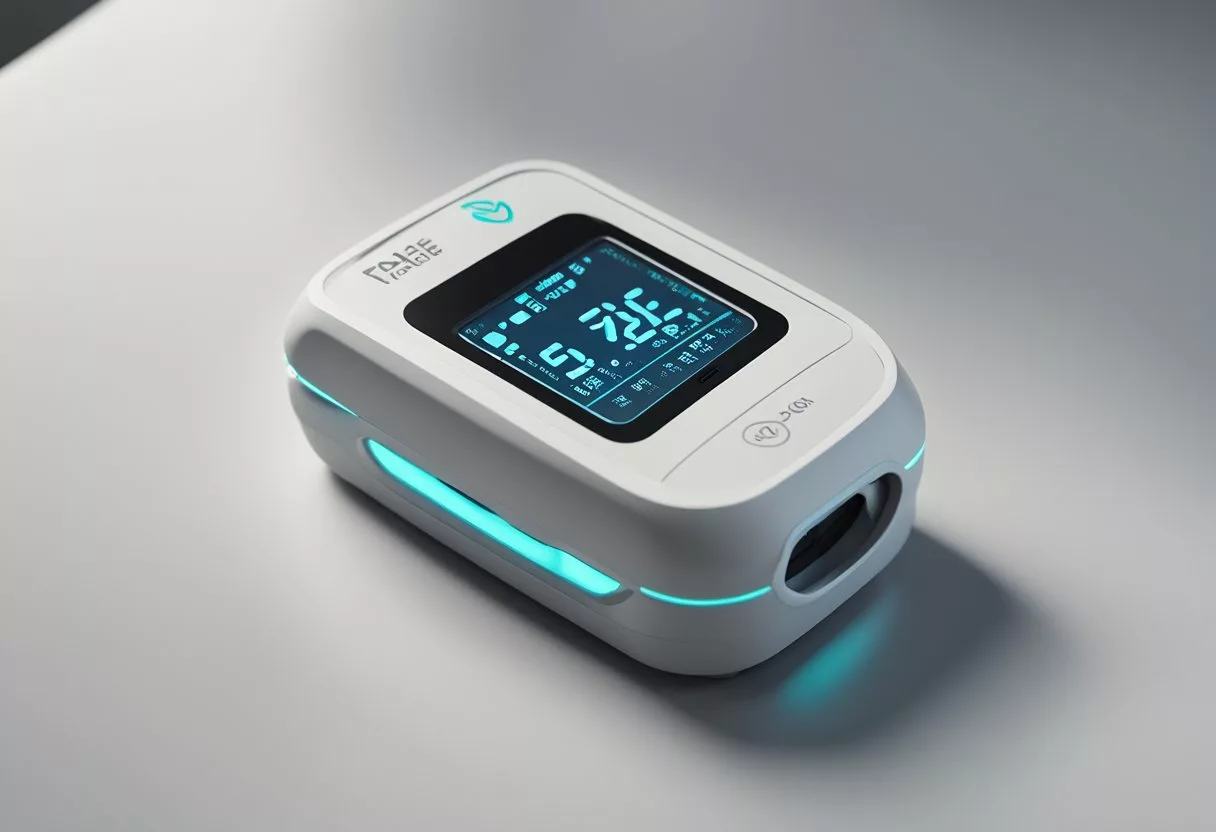
How do I interpret the readings on a pulse oximeter?
Pulse oximeters measure the oxygen saturation level in your blood. The device typically displays two numbers: oxygen saturation level and pulse rate. Oxygen saturation level is the percentage of oxygen in your blood. A normal oxygen saturation level is between 95% and 100%.
Pulse rate is the number of times your heart beats per minute. A normal pulse rate for adults is between 60 and 100 beats per minute.
What is considered a normal oxygen saturation level?
A normal oxygen saturation level is between 95% and 100%. If your oxygen saturation level falls below 90%, you should seek medical attention.
In which situations is a pulse oximeter typically used?
Pulse oximeters are commonly used in hospitals, clinics, and doctor’s offices to monitor patients with respiratory or cardiac conditions. They can also be used at home to monitor oxygen levels in patients with chronic obstructive pulmonary disease (COPD), asthma, or other respiratory conditions.
How can I use a pulse oximeter for an infant?
To use a pulse oximeter on an infant, the device is typically placed on the hand or foot.
Follow the manufacturer’s instructions for proper use and placement. Also, note that normal oxygen saturation levels can be different for infants, so it is best to consult with a healthcare provider for guidance.
When should I be concerned about my oxygen level readings?
If your oxygen saturation level falls below 90%, you should seek medical attention. It is also important to seek medical attention if you experience symptoms such as shortness of breath, chest pain, or confusion.
Where can I purchase a reliable pulse oximeter?
You can buy reliable pulse oximeters at most medical supply stores or online retailers. Do your research and choose a reputable brand. Also, make sure to follow the manufacturer’s instructions for proper use and maintenance.
References
- Page Not Found. https://www.fda.gov/medical-devices/safety-communications/pulse-oximeter-accuracy-and-limitations-fda-safety-communication Accessed October 23, 2025
- Medscape Reference: Drugs, Diseases & Medical Procedures. https://emedicine.medscape.com/article/2116433-overview Accessed October 23, 2025
- Pulse Oximetry - StatPearls. https://www.ncbi.nlm.nih.gov/books/NBK470348/ Accessed October 23, 2025
- Pulse Oximetry: Uses, Readings, and How It Works. https://www.healthline.com/health/pulse-oximetry Accessed October 23, 2025
- Patient and clinician use characteristics and perceptions of pulse oximeter use: A scoping review. https://www.ncbi.nlm.nih.gov/pmc/articles/PMC9487519/ Accessed October 23, 2025
- Pulse Oximetry > Fact Sheets > Yale Medicine. https://www.yalemedicine.org/conditions/pulse-oximetry Accessed October 23, 2025
- [1]. https://www.fda.gov/media/175828/download Accessed October 23, 2025
- [1]. https://www.fda.gov/media/162709/download Accessed October 23, 2025
- Just a moment.... https://www.atsjournals.org/doi/10.1164/rccm.202209-1773ED Accessed October 23, 2025
- Page Not Found. https://www.fda.gov/medical-devices/device-advice-comprehensive-regulatory-assistance/quality-system-qs-regulationmedical-devices Accessed October 23, 2025
- Change the Framework for Pulse Oximeter Regulation to Ensure Clinicians Can Give Patients the Oxygen They Need. https://www.ncbi.nlm.nih.gov/pmc/articles/PMC10037469/ Accessed October 23, 2025
